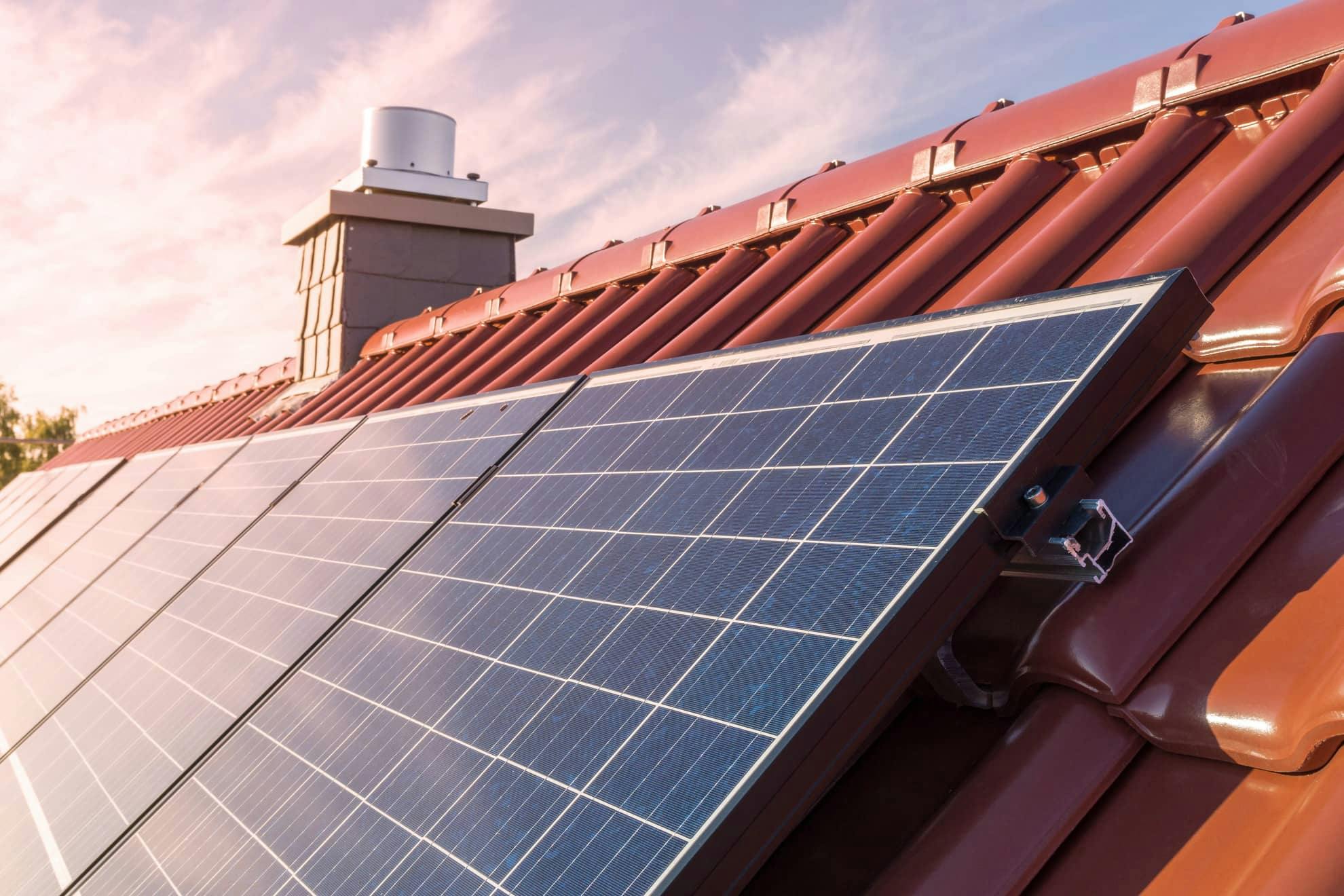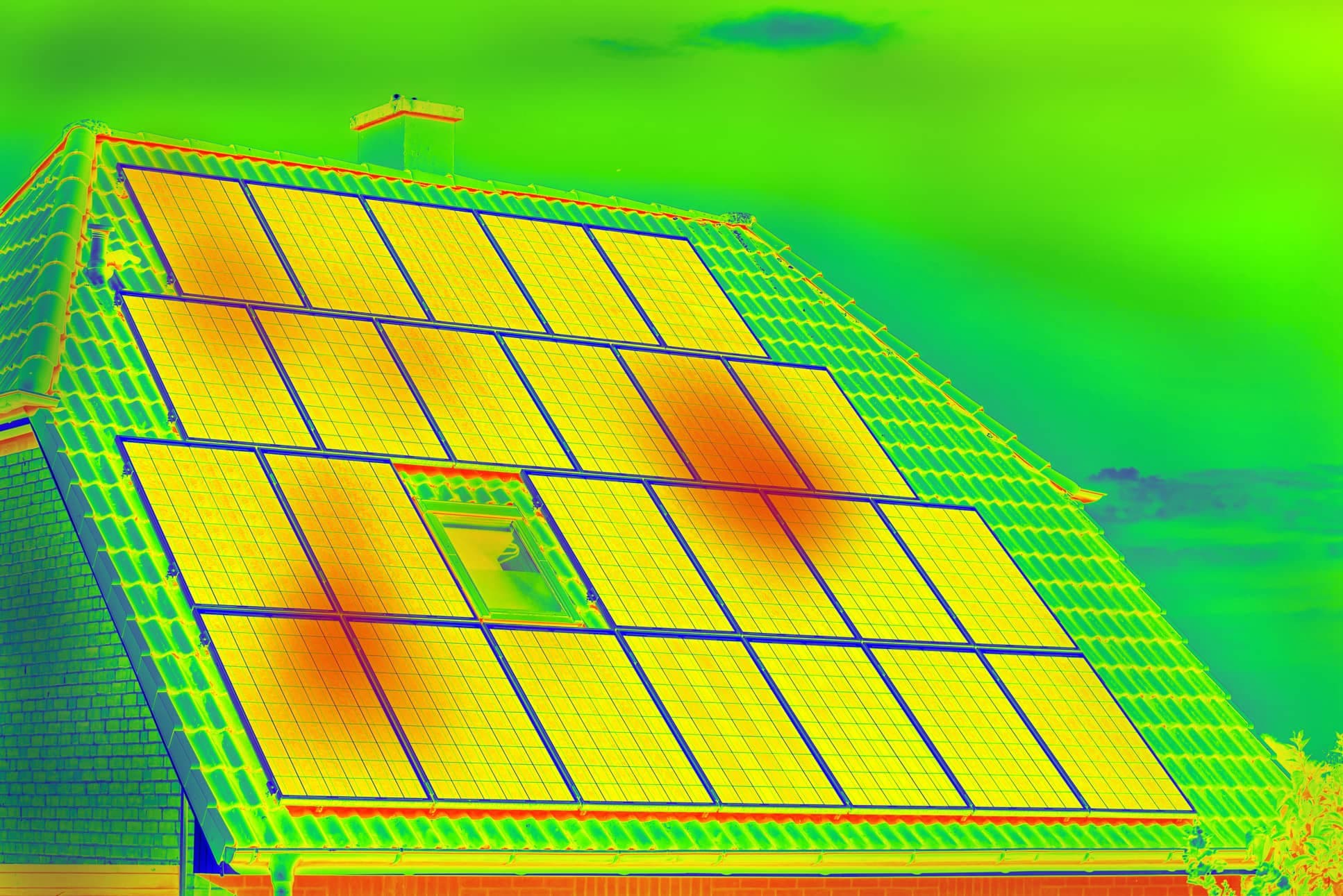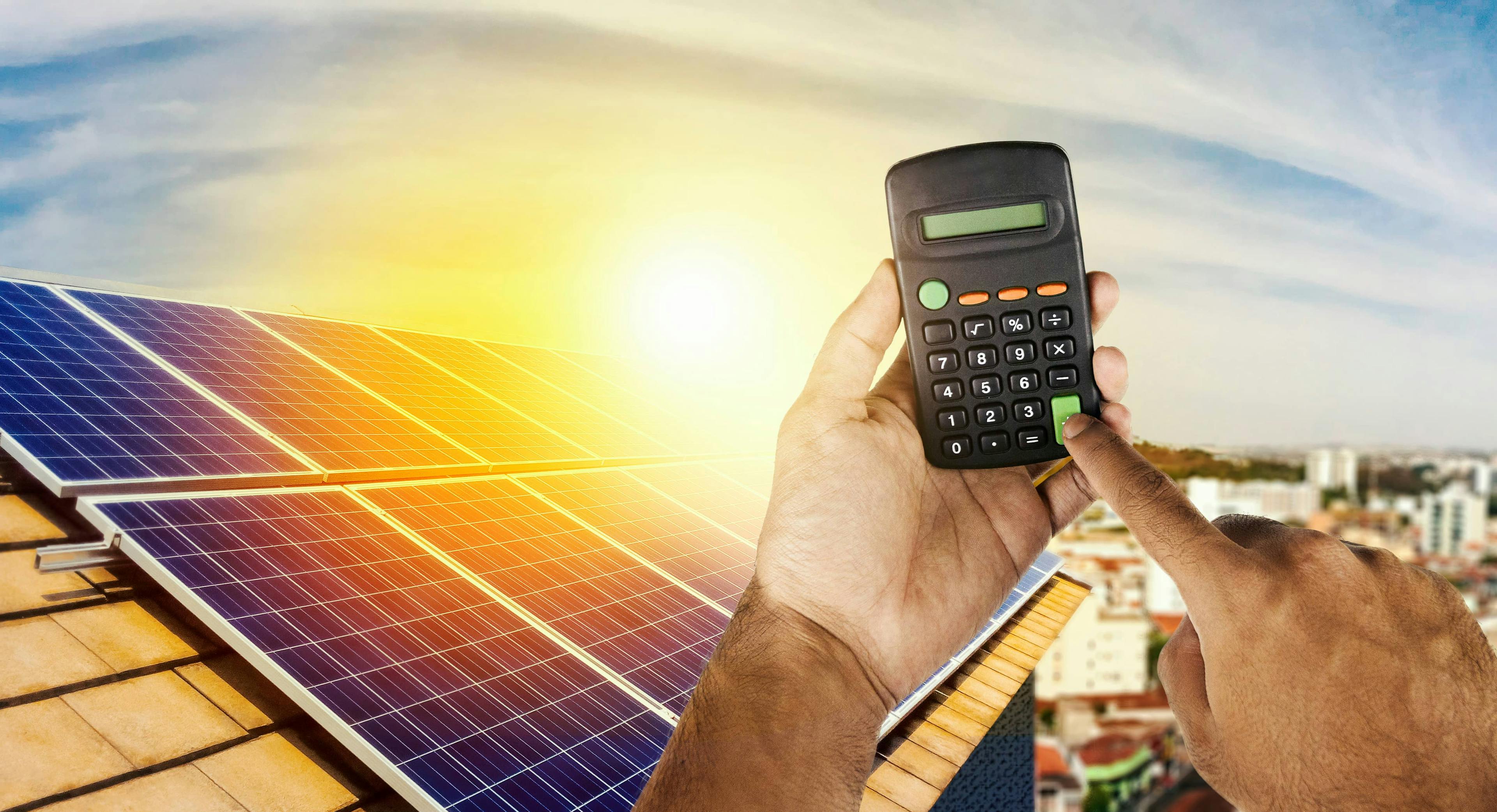What do you think? Is a panel losing performance over the years? Do you know what the useful life or duration of a solar panel is? Are you interested in knowing, for example, what happens to solar panels when they are no longer useful or how much they depreciate?🤔⁉️
As with most technologies, photovoltaic solar panels have a finite lifespan and will inevitably age. But there is no reason to be alarmed!🚨
The life expectancy does not mean that the panels will stop producing electricity after a couple of decades. It simply means that PV output will decrease as manufacturers consider the optimal state to meet average power needs.
In this blog, we'll explain how many years solar panels are expected to last (the lifespan of the panels), the effect of time on their performance, what happens after their lifespan, and what you can do to make sure they're working to its maximum capacity.😊
What is the useful life of photovoltaic solar panels?
According to the manufacturer, the performance of solar panels can be guaranteed for 25 to 30 years (considered "useful life"). If the quality of the panels is particularly high (and they have been properly maintained), they can last up to 40 years during which they will continue to produce electricity.
How much does the efficiency of solar panels depreciate? What is the durability of polycrystalline and monocrystalline solar panels?
As we have seen, as solar panels age, they slowly produce less electricity. This process is called degradation.
The maximum power that a panel could have in Standard Measurement Conditions (STC Standard Test Condition or CEM in Spanish) is known as nominal power. This power in monocrystalline and polycrystalline solar panels typically degrades at around 0.5% per year. Also, thin-film solar panels degrade at a faster rate than previous ones.
Why does a panel lose performance over the years?
So most panels degrade between 0.5% and 1% each year, which means they produce less power. But why does this happen?
There are several external factors such as the weather that wear out the panels and negatively impact their energy production capacity. Also the degradation of the solar panel can be affected by microcracks that form in the silicon of the solar cells and/or small cracks that cause the electrical connections to deteriorate.
Normally, most manufacturers tend to guarantee 90% of panel production for up to the first 10 years. After these, the percentage falls back to 80% for the remaining 15 to 20 years.
What will happen to the solar panels when their useful life ends?
The fact that the solar panels have reached the end of their expected useful life does not mean that they still cannot produce energy and save you money on the electricity bill. The panels will continue to produce energy for many years, but at a lower level of efficiency.
What happens to the photovoltaic panels afterwards? Are they recycled?
The answer is yes! Currently, more than 95% of the panel can be recycled.♻️
PV module manufacturers are required by law to comply with legal requirements and recycling regulations to ensure that solar panels do not become a burden on the environment. Thanks to compliance with the European Directive Waste of Electric and Electronic Equipments (WEEE Directive), effective technologies for recycling solar panels have been emerging for decades.
In addition, solar panels are made from a combination of glass, aluminum, and plastic, products that are routinely recycled in massive quantities. In fact, glass and aluminum make up 85% of the solar panel and both are highly recyclable. Therefore, the manufacture of new solar panels can be carried out largely with the recycling of other solar panels.
But that is not all! The International Renewable Energy Agency (IRENA) estimates that there will be a global production of 8 million tons of waste by 2030 after the first modules reach their useful life (25–30 years), and 78 million by 2050.
Three tips to extend the life of the panels
1. Keep panels free of dirt and harmful materials
2. Ensure panels are monitored and maintained if necessary
3. Have a trusted solar energy provider
In any case, we must bear in mind that, although the solar panels are the visible part of the photovoltaic system, they are not the only elements whose useful life must be taken into consideration. You have to be aware of other components such as inverters and batteries if you have them, and their care to extend the useful life to the maximum.
At Quiero Sol we help you get instant photovoltaic quotes so you can compare before buying your solar products or hiring an installation company. We're here to help you review your options and answer any questions you may have.
You will receive multiple quotes on the spot. Just by entering your consumption and postal code, it's that simple! You can easily view information like reviews, prices, and warranties to make the best decision.
In addition to all this, we invite you to discover our Solar Guide with all the basic knowledge that will help you understand solar energy, and the latest news and articles on our blog. 🌞



